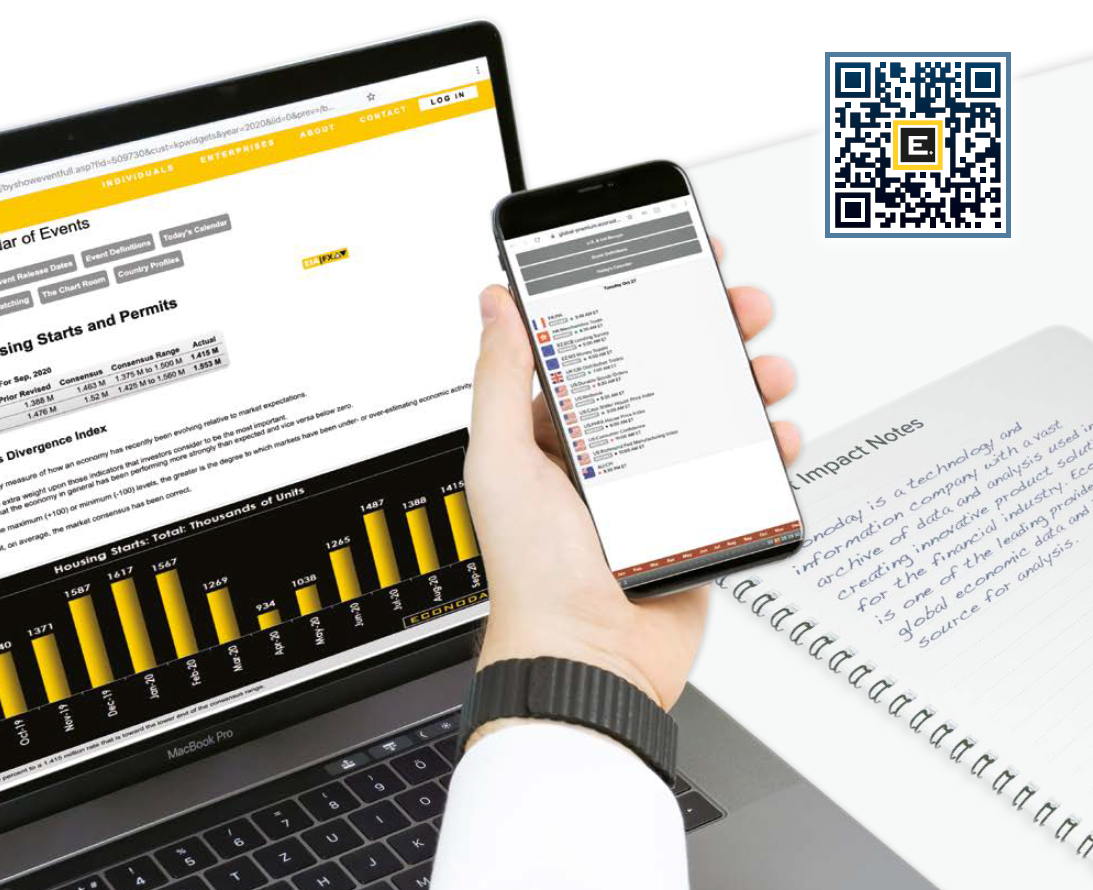SNB preview June 2022: Accepting a stronger franc and watching the ECB
By Jeremy Hawkins, Senior European Economist
June 13, 2022
Testing how far the SNB is prepared to let the Swiss franc appreciate has been a familiar characteristic of the FX market ever since the central bank abandoned its CHF1.20 target floor against the euro back in January 2015. The monetary authority’s absolute pain threshold remains unclear but recent intervention activity suggests that, at least for now, a move below parity would be staunchly resisted. However, there is increasing speculation that the SNB has accepted that the equilibrium level of the franc is, perhaps significantly, stronger than it previously thought and investors will be looking for any clues that might support this view in Thursday’s Monetary Policy Announcement (MPA).
When it comes to trying to curtail its currency’s appreciation, the SNB has not thrown in the towel – in the first week of May alone it sold some CHF6.5 billion of the unit, its most aggressive move in two years. Even so, intervention has not been of the magnitude that might have been expected if the central bank really wanted to put a solid floor under the cross-rate, let alone prompt a weaker franc. This view is consistent with the last MPA in March when the SNB again only described the franc as “highly valued”, an assessment that was seen by many market participants as lacking bite.
One reason may well be that there is mounting evidence to the effect that the currency is not overvalued in the first place. The traditional surplus on trade in merchandise goods not only remains as solid as ever but even hit a record high in February. A similar picture applies to net export volumes too, underlining the competitiveness of Switzerland’s businesses. In addition, relative producer prices also suggest that although the franc was significantly overvalued immediately after the FX peg was pulled in 2015, this is no longer the case. Over the last decade, Swiss producer prices have fairly consistently undershot their Eurozone counterparts, meaning that the local currency would have needed to appreciate just to maintain purchasing power parity (PPP). In fact, during the last couple of years, the inflation gap has widened to the extent that PPP implies that the franc should be more than 10 percent stronger. PPP is only ever a very rough guide to fair value but it has become increasingly hard to justify any claim that current levels are fundamentally too strong.
The SNB does not have an inflation target per se but it does aim to maintain price stability, defined as an annual CPI inflation rate of less than 2 percent. Consequently, with inflation now close to 3 percent and climbing and negative local interest rates seen as a threat to long-term financial stability, the SNB would no doubt like to raise its minus 0.75 percent policy rate. Indeed, it would probably have done so already but for the very real risk of triggering further capital inflows that would boost the franc still higher. However, with the ECB now signalling that it will be hiking rates in both July and September, the SNB may see an opportunity to follow suit with only a limited risk of adversely impacting the currency markets. Investors will now view the September MPA as the most likely time for Swiss rates to be raised.
Having more than fully recovered from Covid effects, the Swiss labour market is now extremely tight. Employment last quarter was just over 2 percent above its pre-Covid level in the fourth quarter of 2019 while the jobless rate is now at its lowest level in two decades. In addition, vacancies are climbing sharply and the ratio of unemployed to job offers hit an all-time trough at the start of the current quarter. All of which should mean that there is increasing upside pressure on wages (official data are only released annually but KOF are in the process of introducing a quarterly expectations index). In any event, the latest labour market developments can only serve to underpin the current rise in inflation.
Even so, while not as exposed to Russian energy as much of the rest of Europe, Switzerland has not been able to ignore developments in Ukraine. Consumer sentiment saw one of its steepest declines on record in April and buying intentions fell to their lowest level in two years. Consequently, the recovery in retail sales prompted by the lifting of most Covid restrictions late in the first quarter has petered out and volume purchases in April posted their steepest monthly fall since last December in the midst of the Omicron wave. Moreover, although still well above the 50-expansion threshold, in May the SVME PMI recorded its worst reading since January 2021, a feat matched by the KOF’s leading economic index. That said, the State Secretariat for Economic Affairs (SECO) does not expect a recession and remains confident that growth will remain “substantial” in 2022. SECO is due to update its economic forecasts soon but seems unlikely to present anything that would diminish the central bank’s preference for higher interest rates.
In fact, the economic data in general have outperformed market expectations since the March MPA. Econoday’s economic consensus divergence index (ECDI) has been consistently in positive surprise territory, suggesting that Ukraine effects might not have been as negative as financial markets anticipated. That said, excluding price shocks the ECDI currently stands at minus 10, showing that real economic activity has slipped slightly behind forecasts.
In sum, Thursday’s announcement is unlikely to undermine speculation that, while not particularly liking current levels of the franc, the SNB has at least accepted them. If so, the focus for investors will be on prices and just how concerned the central bank might have become that inflation is getting out of control. With the ECB now headed in the same direction, a hawkish stance here would significantly increase the chances of a Swiss interest rate hike next quarter.







